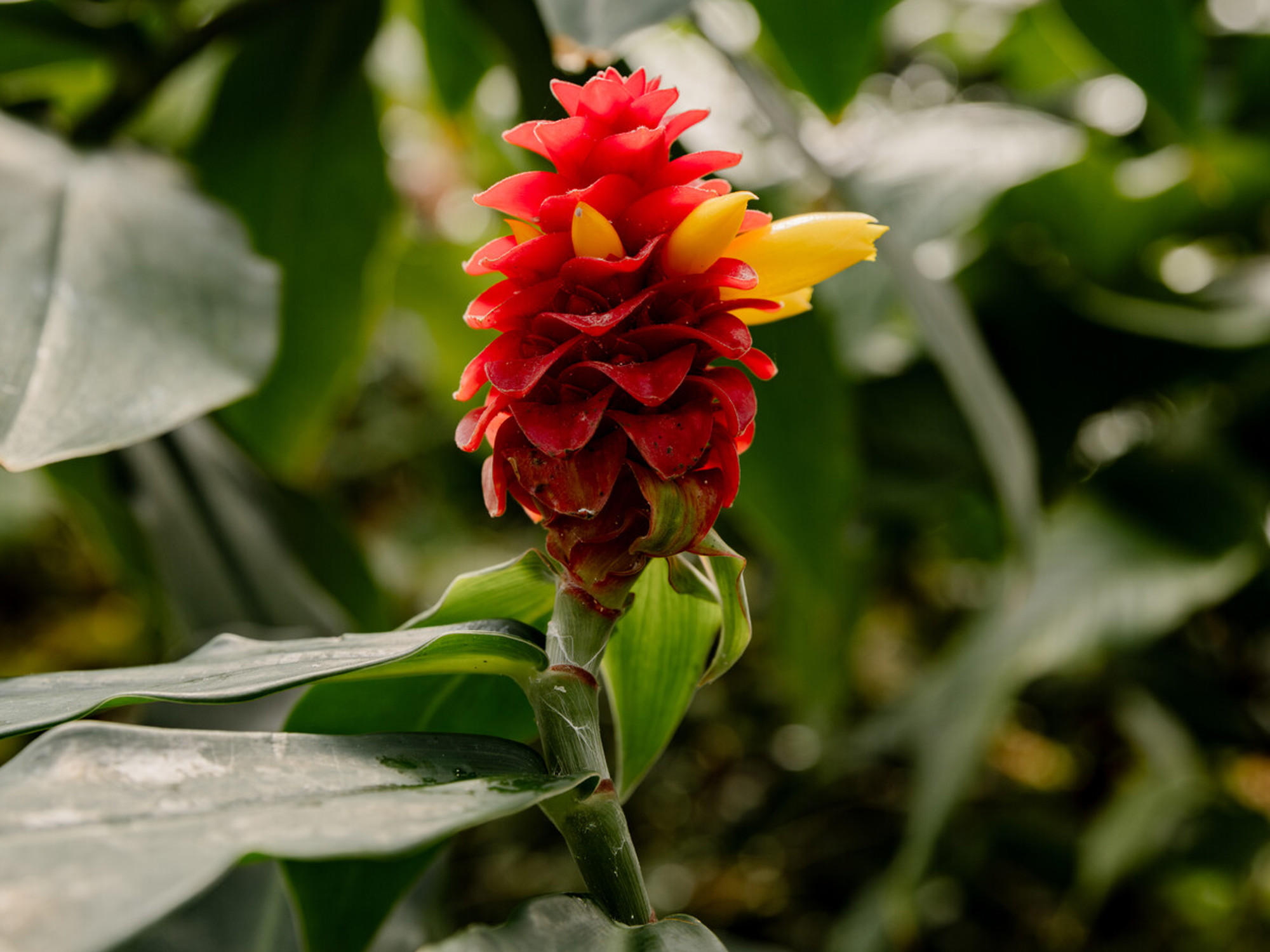The Royal Botanic Garden Edinburgh is home to some of the world’s rarest and most threatened plants, with a third of the collection growing in the Glasshouses. To safeguard this globally important plant collection, the celebrated Grade A Listed public Glasshouses are currently closed for major restoration as part of the Edinburgh Biomes project.
Preparations for the project began in Spring 2021 with a team of dedicated horticulturists decanting an incredible forty thousand plants, including significantly sized trees, from in and around the network of Glasshouses. Watch the short film below to hear more about the scale of the project and the intricate work of decanting and protecting the plants.

